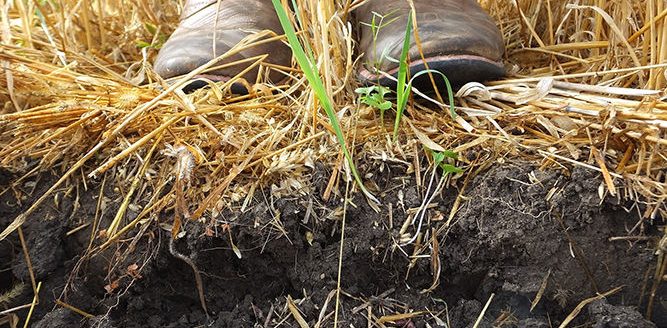Naig reminds farmers, landowners to apply for cover crop insurance discounts by Jan. 15
Iowa Secretary of Agriculture Mike Naig reminds farmers and landowners who plant cover crops to apply for the state’s cover crop insurance discount program by Jan. 15.
Applicants may be eligible for a $5 per acre discount on their spring crop insurance premiums. Farmers can sign up now for the cover crop insurance premium reduction program at apply.cleanwateriowa.org. To qualify, the cover crop acres cannot be enrolled in other state or federal cost share programs.
“Farmers and landowners across the state are recognizing the benefits of planting fall cover crops to improve the health of their fields and water quality in their communities and downstream,” said Secretary Naig. “I encourage everyone who planted fall cover crops to take advantage of this opportunity to save some money on spring crop insurance premiums.”
Cover crops, like rye and oats, prevent soil erosion and lock in nutrients, especially during extreme weather events. Cover crops are proven to reduce nitrogen loads by 28 to 31% and phosphorus loads by 29%, which helps improve water quality. They also offer weed control and livestock grazing benefits for producers.
Naig encourages farmers and landowners to speak with their agronomist or seed representative about cover crop varieties as they’re finalizing their spring planting decisions.
This is the fourth year the crop insurance discount program is being administered by the Iowa Department of Agriculture and Land Stewardship and USDA Risk Management Agency. Interest in the program continues to grow and new farmers and fields join each year. To date, about 1,700 farmers have enrolled nearly 500,000 acres of cover crops in the program.
Some insurance policies may be excluded, like Whole-Farm Revenue Protection, or those covered through written agreements. Participants must follow all existing farming practices required by their policy and work with their insurance agencies to maintain eligibility.
Farmers should visit their local USDA service center to learn about other cost share funding available to support the implementation of conservation practices.
